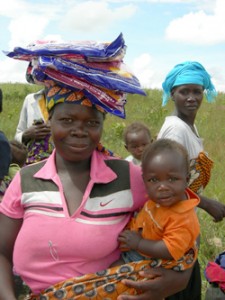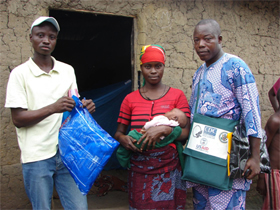Scientists have developed a new type of nano particle which they say can safely and effectively deliver vaccines for diseases such as malaria and HIV-AIDS.
Developed by a team from the Massachusetts Institute of Technology (MIT), the new particles consist of concentric fatty spheres that can carry synthetic versions of proteins normally produced by viruses.
[Read more…]



